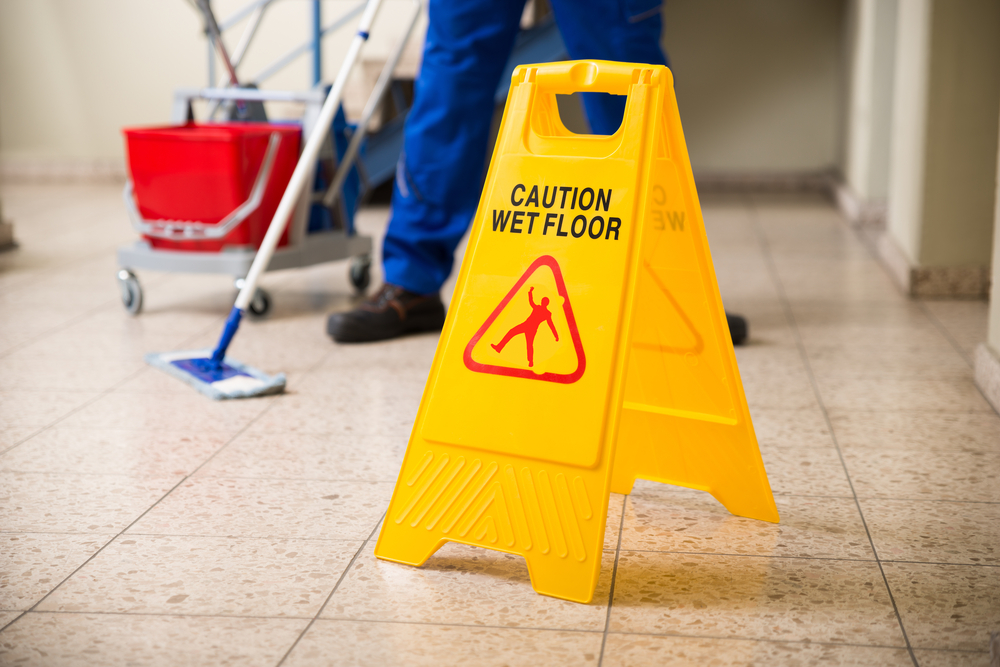
Visitors and employees expect a safe environment when they enter your facility. Unfortunately, entrance areas are a common area for slips and falls. Church Mutual found that almost 20 percent of slips and falls at policyholders’ facilities are caused by wet or icy surfaces. A small amount of water can present a real slip problem, whether it’s from snow and slush during the winter months or rain and mud in the spring, summer and fall.
Walk-off mats at all entrances are an excellent way to keep floors both dry and clean and can help prevent falls on otherwise slippery surfaces.
Mats can enhance safety
When the proper mat is used, interior floors can be kept dry, which helps prevent injuries due to slips. Choose a mat design and surface material based on the expected environmental conditions and foot traffic load.
Length is an important piece of mat design. The Green Building Council recommends a minimum of 10-15 feet of mat in entranceways. This length is typically long enough for people to take four to six strides on the mat before stepping off. Geographic areas with snowfall require larger mats.
A vital part of the effectiveness of the entrance mat is keeping the mat in good working condition. Ensure mats remain flat. Anti-slip adhesive tape or grip strips are available to help prevent sponge-backed mats from curling or moving on polished floors. Check for signs of wear. Thinning areas and curling around the corners mean it is time for a new mat.
Maximizing the effectiveness of your mat
An entrance mat should dissipate water without splashing it back onto the floor. This means cleaning and rotating mats regularly. In high-traffic times, be prepared to change the mat when saturated.
Mats should be used at all public entrances and employee access points. Some other common areas where entrance mats can be found to maintain a clean and safe environment are in lobbies, reception areas and high-traffic areas.
Additional entrance area safety action items
Display signs warning for changes in elevation and use anti-slip tape on stair treads. Position door catches and doorstops so doors do not close into traffic.
Display signs warning of the risk of slipping when appropriate, such as placing a caution cone in periods of heavy rain or snow or when mopping. Always start mopping with a clean mop. Keep the mop on the floor to avoid splashing the walls, baseboards and mats. Change the mop bucket solution when it becomes soiled.
ChurchInsure is a division of Anchor Insurance Agencies specializing in the unique insurance and risk management needs of religious institutions. Visit our website to learn how we can serve you at anchor-insurance.com/churchinsure.
Originally posted on blog.churchmutual.com


